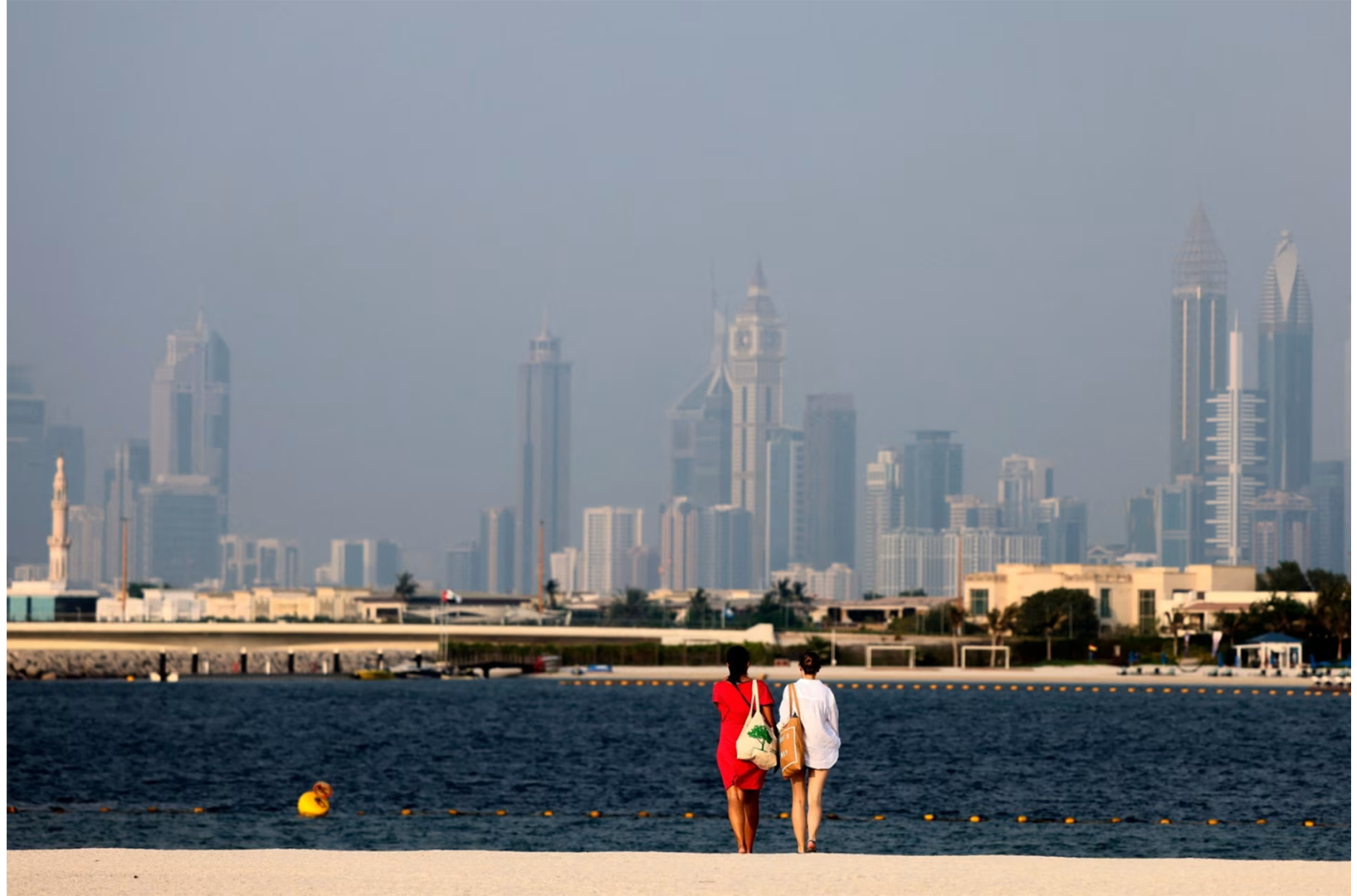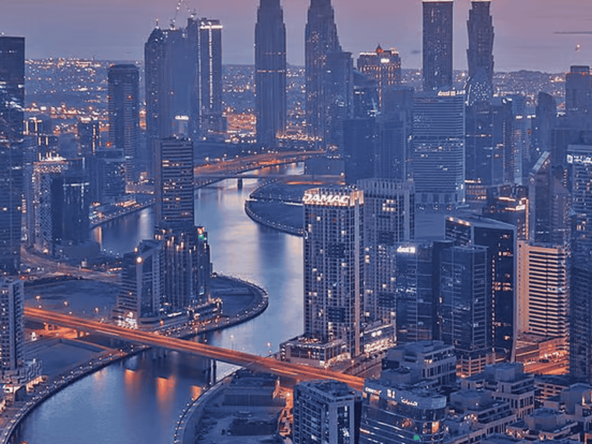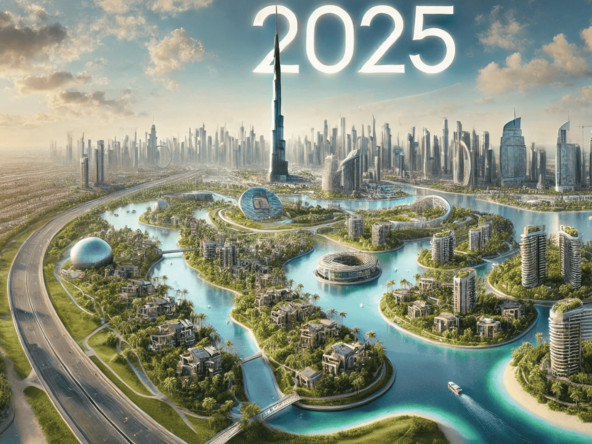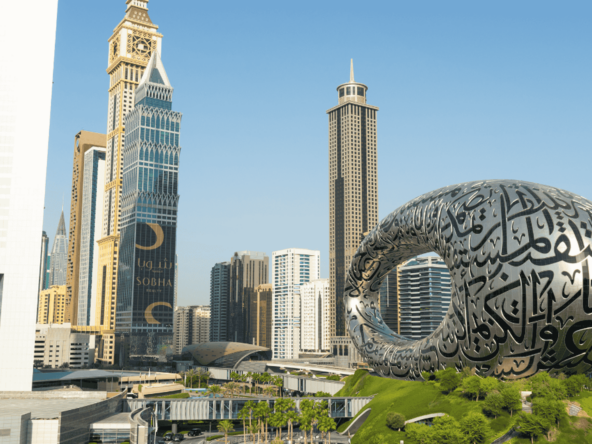In 2029, Dubai’s first skyscraper, the World Trade Centre, will turn 50 years old. When it was built, the 39-storey tower was an outlier, an ambitious spindle that stuck out in a low-rise landscape. Now it’s almost hard to see, dwarfed by soaring new additions. The first rash of those skyscrapers went up around the turn of the century, continuing until the Great Recession of 2008 upended the emirates’ fortunes. Almost two decades later, Dubai is thriving. Residential sales in the third quarter of 2024 reached Dh120bn ($32.7bn), according to CBRE, and Knight Frank’s 2024 Destination Dubai Report projected the year’s spending by top-end homebuyers (those with a personal net worth in excess of $20mn) would hit $4.4bn, a rise of 76 per cent year on year. Its most recent Wealth Report, published this month, showed property prices in Dubai rose 147 per cent over the past five years. Savills has increased its Dubai team from 3 to 100. Dubai’s neighbouring cities are watching closely — in their different ways looking to emulate or distance themselves from Dubai in a bid to attract new residents. One keystone of Dubai’s success has been in the more diverse profile of buyers, says Michael Lahyani, founder of PropertyFinder — the local answer to Rightmove or Zillow — largely thanks to the now six-year-old Golden Visa programme. It was introduced specifically to encourage foreigners to treat Dubai as more than just a tax-free pit-stop for a couple of years — and it seems to be working. After the Gulf Cooperation Council buyers came a flurry of Russians and Indians: “It’s for entertainment purposes, a place to go for a weekend,” says Lahyani.
In 2025, though, an increasing number of buyers are coming from Europe and North America. A recent study by migration consultancy Arton Capital, for example, flagged that 37 per cent of Germany’s wealthiest are now emigration-prone, with the UAE a prime destination. There is also a rise in American arrivals. Leigh Williamson is a Canadian who moved to Dubai 18 years ago, and has been a Sotheby’s agent for 11 of them; she says her client base has 20 per cent more Americans than a decade ago. Typical was the billionaire to whom she sold an apartment in one of the highest profile, internationally branded developments; they snapped it up as a convenient additional home within easy reach of both Europe and Asia. “We’re also seeing Iranian, Indian and Middle Eastern Americans moving back to the region to be closer to family,” she says Williamson.
“Buyers who bought to flip used to be the majority, but that’s changing,” says Lahyani. A rise in rental costs has also nudged more expats towards buying, he adds: “You can get anywhere between six and eight per cent yield unleveraged. So a lot of the buyers are buying to live in.” Longer-term planning has reshaped construction, too, pivoting towards families. Shahab Lutfi is chief executive of H&H Development, which has worked on brands including Jumeirah and Four Seasons and its own branded residence, Eden House. “The demand for houses is very high — with what we’ve launched so far, we’re picking up lots of expats who live in Dubai but couldn’t find the right product,” he says, of the departure from identikit high-rises. Lutfi’s Eden Hills project launched in November last year and he says 130 houses have sold so far, starting from $5mn for a 7,446 sq ft property. Even when high rise developments are built now, there’s a shift towards larger homes. Lutfi’s initial floor plans for the first Eden House tower maxed out at three-bedroom apartments, but he now tells architects to include four- and five-bedroom options.
Contact Information:
Blue Shark Real Estate
📧 info@blue-shark.ae
📞 +971 4 824 4302
🌐 blue-shark.ae




